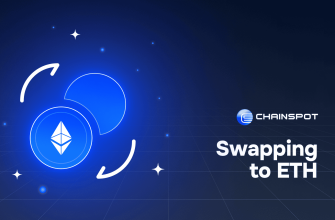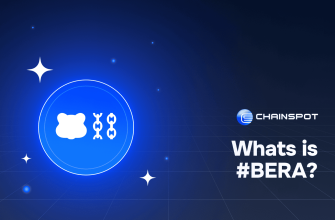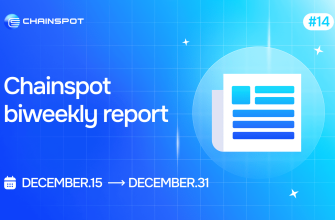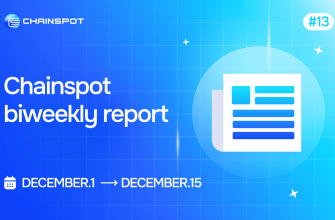Vitalik Buterin, the co-founder of Ethereum, has introduced a new staking concept known as “Rainbow Staking” aimed at restructuring the network’s economic framework. This initiative implements a dual-pronged staking mechanism that differentiates between heavy and light services, impacting the distribution of rewards.
Vitalik continued to discuss the centralization risk of ETH staking on ETH Taipei, emphasizing that LIDO COINBASE BINANCE and others have an excessive share, and introduced the idea about "rainbow staking", a conceptual framework allowing protocol service providers, whether… pic.twitter.com/rfFlcxNzyc
— Wu Blockchain (@WuBlockchain) March 21, 2024
Introduction of Ethereum Rainbow Staking
Buterin explained that Rainbow Staking introduces the concept of Two-Dimensional Minimum Viable Issuance (2-D MVI), which optimizes reward allocation between heavy services, requiring significant stake backing and playing crucial roles in network operations, and light services, known for their flexibility in increasing network preference entropy. This diversity of transactions and interactions is crucial for maintaining a censorship-resistant network.
Rainbow Staking also focuses on elevating the role and value of solo stakers within the Ethereum ecosystem. Traditionally overshadowed by larger staking pools, solo stakers are recognized under this model for contributing to network resilience. They serve as a buffer against potential failures by larger operators, ensuring network activity during downtimes.
Barnabé Monnot, a Research Scientist at Ethereum Foundation, emphasized that Rainbow Staking offers an alternative 2-D MVI where solo stakers are effective participants on their terms, achieving competitive economic returns while maintaining preferences in network execution.
“With Rainbow Staking, we offer an alternative 2-D MVI where solo stakers are maximally effective participants on their own terms, achieving the goals which many have signed up for: Competitive economic returns with the ability to realize their preferences into the execution the chain, e.g., as ultimate backstops of chain liveness or as censorship-resistance agents,” Barnabé wrote.
How Rainbow Staking Works
Buterin proposes adjusting reward distribution to incentivize participation from solo stakers and smaller operators, promoting a more inclusive economic model. This strategy aims to shift the competitive model from a singular resource battle to a diversified and equitable ecosystem.
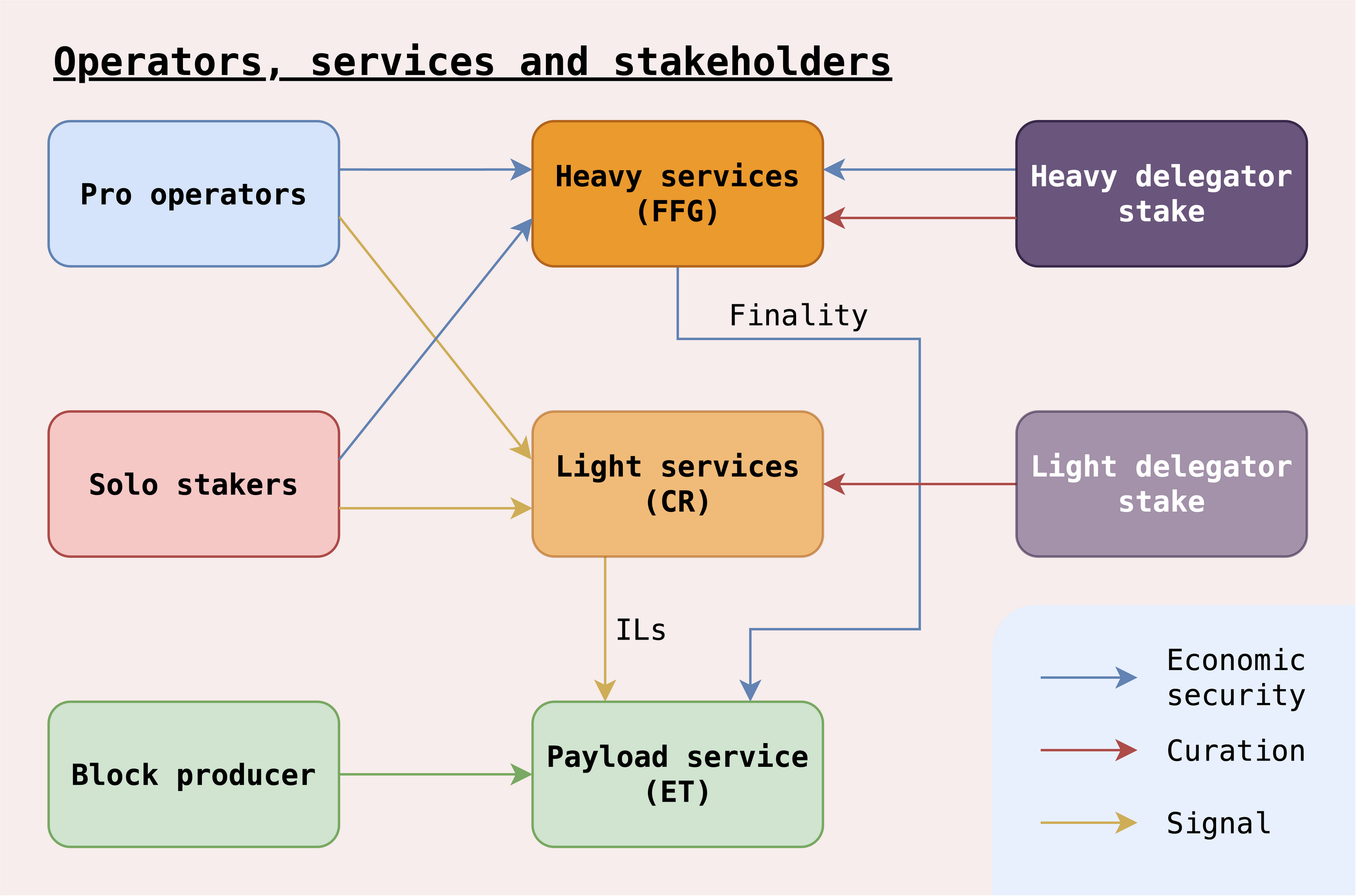
The announcement of Rainbow Staking has sparked discussions within the cryptocurrency community regarding its potential impacts on the Ethereum network. Proponents believe it could lead to a more resilient and decentralized network, while critics raise concerns about implementation challenges and unintended consequences, particularly concerning network security and dynamics between solo and pooled staking.
“The biggest downside I see to your proposal is that it is complex, difficult to migrate to, [and] challenging to predict second-order effects. The first two points might not have any alternative other than defining a clear specification. For the last point, I would urge more research into areas such as tokenized claims, restaking, etc,” Matt Stam, Founding Engineer at Succinct, said.
While the full implications of this new staking model are yet to be seen, it reflects Ethereum’s commitment to exploring innovative solutions supporting its growth and sustainability.






